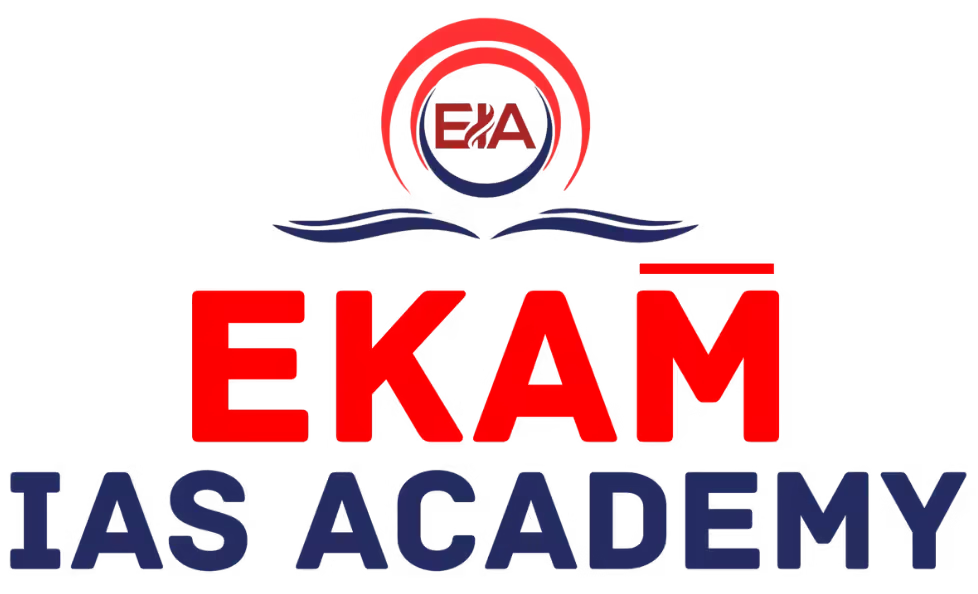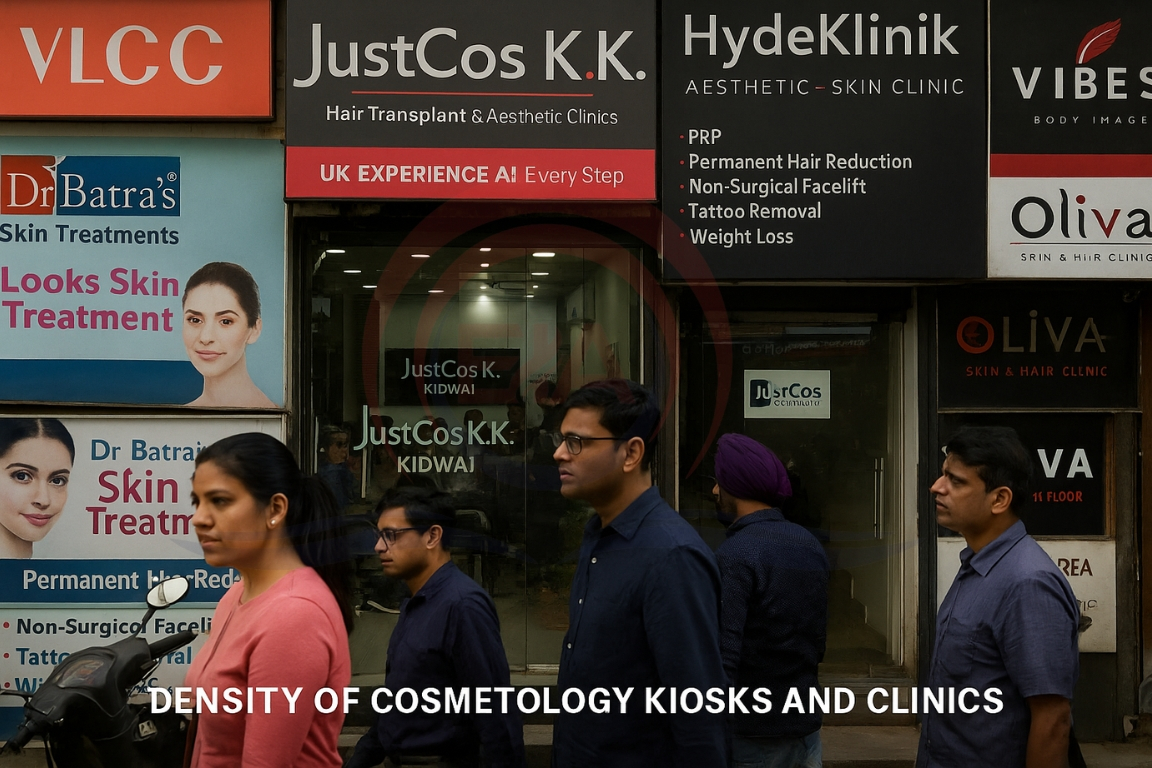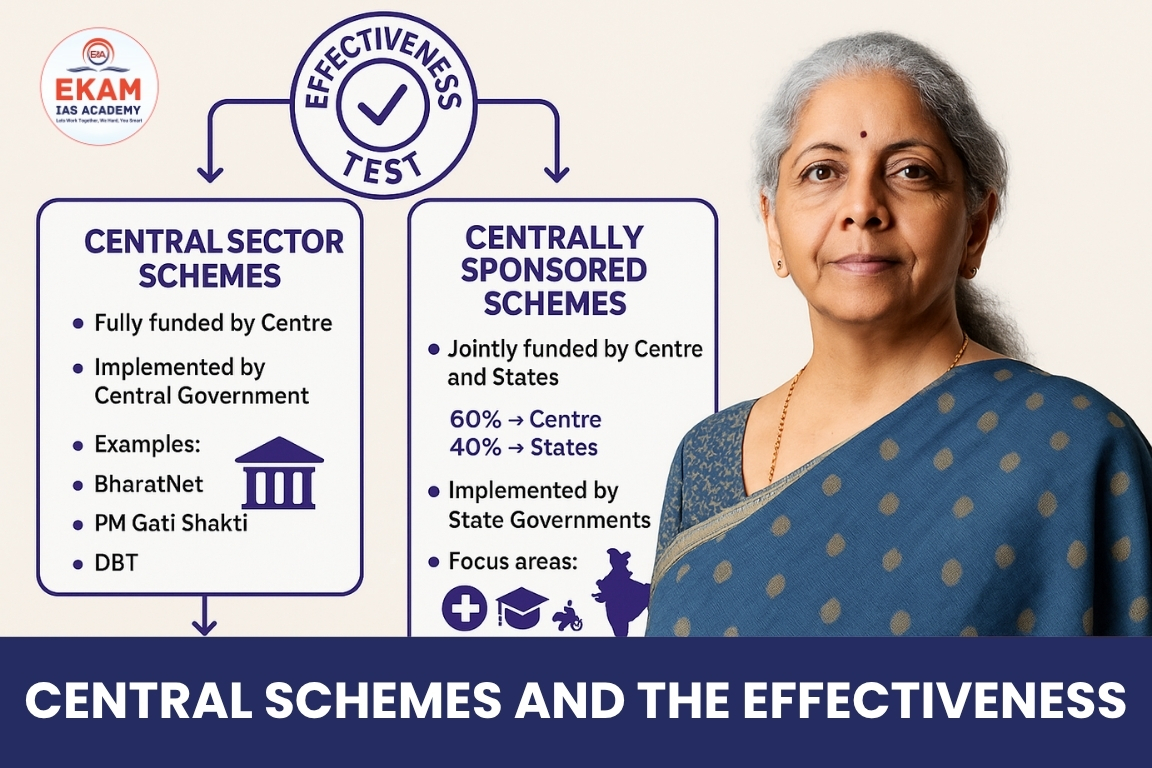Telangana’s Kaleshwaram Lift Irrigation Project, touted as the world’s largest multi-stage lift irrigation scheme, has come under scrutiny after structural damages to barrages and allegations of poor planning.
What is Lift Irrigation?
- Definition: A method where water is lifted from a lower level to a higher elevation using pumps, instead of relying on gravity flow.
- Why Used: For regions with uneven terrain or when the source is at a lower altitude.
- Key Components: Pumping stations, pipelines, canals, and storage reservoirs.
- Advantage: Enables irrigation in areas where canal or gravity systems are not feasible.
About the Kaleshwaram Project
- Location: On the Godavari river at Kaleshwaram in Bhupalpally district, Telangana.
- Purpose: Multipurpose project for irrigation, drinking water, and industrial needs.
- Capacity & Reach:
- Irrigation for over 16 lakh acres in 13 districts.
- Storage and distribution of 240 TMC ft water (169 TMC ft irrigation, 30 TMC ft Hyderabad drinking water, 10 TMC ft village supply, 16 TMC ft industrial use).
- Infrastructure:
- Canal network of ~1,800 km.
- Barrages at Medigadda, Annaram, Sundilla, and Ramadugu.
- Cost: Initially ₹71,000 crore; escalated to over ₹1 lakh crore.

Change in Project Site
- Original site: Tummidihatti (with CWC clearance, water availability >200 TMC ft).
- Shifted to Medigadda citing low water availability — later contested.
- ~30% of earlier works at Tummidihatti (costing ₹11,000 crore) went waste.
Poor Foundation and Technical Flaws
- Barrages allegedly built on permeable foundations instead of solid rock.
- Sundilla piers sank; Annaram and Sundilla barrages developed cracks.
- Government stored excessive water against technical advice.
Decision-Making Concerns
- Allegations that former CM took unilateral decisions without full Cabinet approval.
- BRS claims project had statutory and legislative approvals.
Judicial Commission Findings
- Headed by Justice Pinaki Chandra Ghose.
- Examined 110+ witnesses including former CM and ministers.
- Probed funding approvals, technical lapses, and site selection changes.
- Report submitted on 31 July 2024; discussion planned in Assembly.
Political Responses
- Congress Govt: Plans to make lapses public and seek consensus on future steps.
- BRS: Defends project citing statutory clearances and Assembly ratification.
CENTRAL WATER COMMISSION (CWC)
- Nodal Agency:
- The CWC is a premier technical organization under the Ministry of Jal Shakti responsible for initiating, coordinating, and furthering schemes for control, conservation, and utilization of water resources in India.
- Establishment:
- Originated in 1945 as the Central Waterways, Irrigation, and Navigation Commission; renamed Central Water Commission in 1951.
- Functions:
- Deals with flood forecasting, hydrological observations, water storage monitoring, irrigation & hydropower projects, and inter-state water disputes (technical input).
- Structure:
- Headed by a Chairman, assisted by three Members—each in charge of Designs & Research, Water Planning & Projects, and River Management wings.
- Key Role in Flood Management:
- Operates a flood forecasting network across major river basins, issues timely flood alerts, and supports dam safety & reservoir operations.
Conclusion:
The KLIP illustrates how mega water projects, if not planned and executed with transparency and sound engineering, can lead to massive cost overruns, structural failures, and political controversy — undermining public trust in infrastructure spending.





